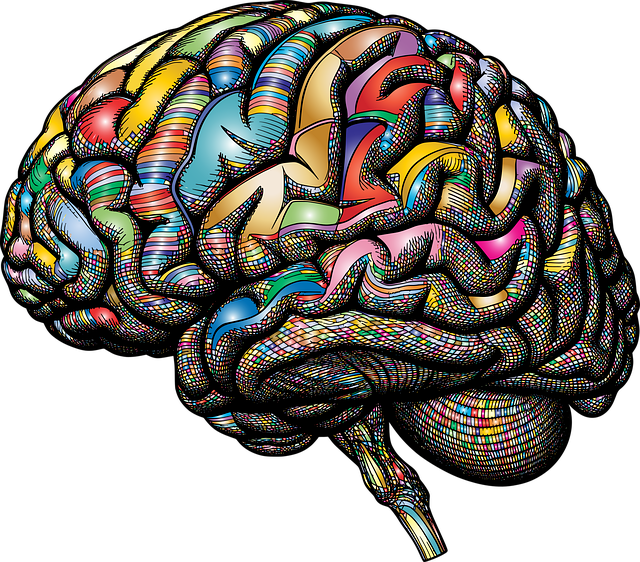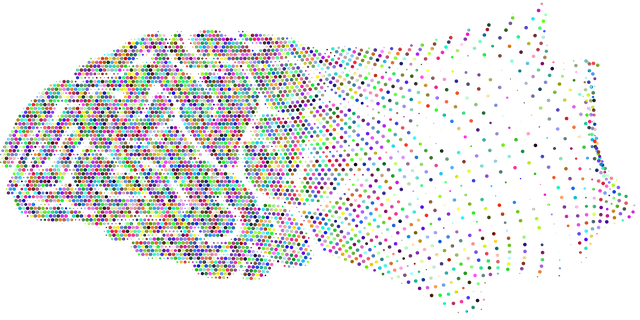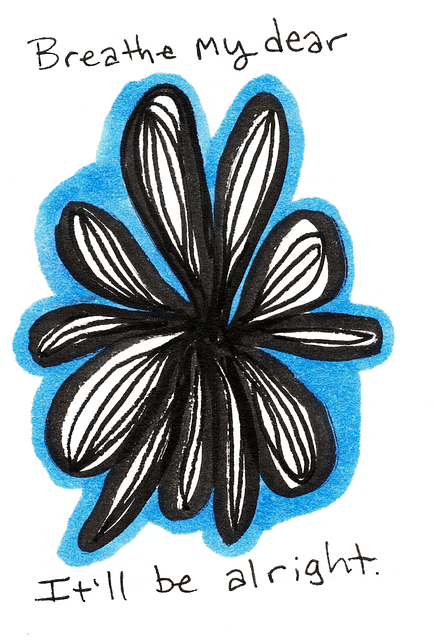Risk assessment is a cornerstone of therapy for adolescent teens with phobias, focusing on client safety and long-term mental health. Mental health professionals identify hazards like self-harm and suicide ideation while preventing depression and relapse. Through evidence-based practices, personalized interventions, and holistic approaches, therapists minimize harm and promote healing. Early intervention using tailored methods like CBT, empathy building, and stigma reduction helps teens manage specific phobias effectively, fostering self-acceptance and help-seeking behaviors in a supportive environment.
Risk assessment and harm minimization planning are essential components of effective therapy for adolescent teens. This article explores critical aspects of this process, focusing on understanding risk assessment in adolescent therapy, implementing a comprehensive approach to identifying and minimizing harm, and employing strategies tailored for managing phobias in teens. By delving into these sections, we aim to equip professionals with tools to enhance safety and foster positive outcomes.
- Understanding Risk Assessment in Adolescent Therapy
- Identifying and Minimizing Harm: A Comprehensive Approach
- Strategies for Effective Phobia Management in Teens
Understanding Risk Assessment in Adolescent Therapy

Risk assessment is a vital component of therapeutic practice, especially when working with adolescent teens struggling with phobias and other mental health concerns. It involves meticulously evaluating potential hazards and negative outcomes within a therapeutic setting to ensure client safety and effective treatment. This process includes identifying specific risks associated with the teen’s presenting issues, such as self-harm or suicide ideation, and implementing strategies to mitigate these dangers.
In therapy for adolescent teens, understanding risk assessment is crucial for tailoring interventions and creating a safe environment. Therapists must consider not only immediate dangers but also long-term consequences, like depression prevention and relapse. A comprehensive approach may involve collaboration with community outreach programs that offer support services, fostering positive thinking, and encouraging healthy coping mechanisms. By integrating these strategies, therapists can effectively minimize harm and promote healing while navigating the complexities of adolescent mental health.
Identifying and Minimizing Harm: A Comprehensive Approach

Identifying and minimizing harm is a cornerstone of effective therapy for adolescent teens with phobias. Through comprehensive risk assessment, mental health professionals can gain crucial insights into a client’s unique circumstances, triggers, and coping mechanisms. This allows for tailored interventions that not only address the specific phobia but also mitigate potential risks associated with anxiety disorders in adolescents. By integrating strategies from Mental Health Policy Analysis and Advocacy, professionals can ensure that treatment plans are evidence-based and aligned with current best practices.
A holistic approach involves considering not just the individual’s symptoms but also their social, familial, and environmental factors. This comprehensive view enables professionals to implement effective harm minimization planning. Burnout prevention is also a key component, as it ensures that therapists remain resilient and capable of providing consistent, high-quality care over time. Through these collaborative efforts, adolescents with phobias can receive the support they need to overcome their challenges and thrive.
Strategies for Effective Phobia Management in Teens

Phobias can significantly impact a teen’s daily life and overall well-being, which is why early intervention through effective therapy is crucial. For adolescents grappling with specific phobias, such as social anxiety or arachnophobia (fear of spiders), a tailored approach combining various therapeutic techniques proves beneficial. Cognitive Behavioral Therapy (CBT) remains a cornerstone in managing these conditions by helping teens challenge negative thoughts and gradually expose them to feared objects or situations, thereby reducing avoidance behaviors.
Empathy building strategies and compassion cultivation practices within therapy create a supportive environment. By fostering understanding and acceptance of their fears, therapists encourage teens to view their phobias as manageable challenges rather than insurmountable obstacles. In addition, integrating Mental Illness Stigma Reduction Efforts into the therapeutic process is vital for promoting self-acceptance and encouraging teens to seek help without fear of judgment or rejection.
Risk assessment and harm minimization planning are essential components of providing effective therapy for adolescent teens with phobias. By understanding the nuances of risk assessment in this context, therapists can develop comprehensive strategies to identify and mitigate potential harms. The article has explored key areas including a deep dive into risk assessment techniques and practical strategies for managing phobias, offering valuable insights for professionals working with young individuals. Incorporating these methods allows for a more tailored approach, ultimately enhancing the success of treatment outcomes for adolescent teens facing phobias.














